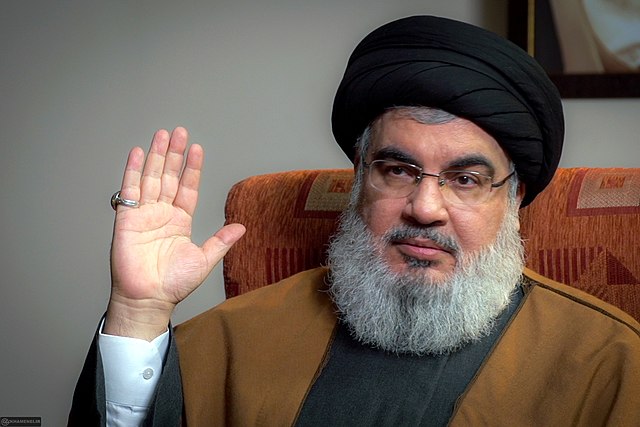The 2006 Lebanon War, also called the 2006 Israel–Hezbollah War and known in Lebanon as the July War and in Israel as the Second Lebanon War, was a 34-day military conflict in Lebanon, northern Israel and the Golan Heights. The principal parties were Hezbollah paramilitary forces and the Israel Defense Forces (IDF). The conflict started on 12 July 2006, and continued until a United Nations-brokered ceasefire went into effect in the morning on 14 August 2006, though it formally ended on 8 September 2006 when Israel lifted its naval blockade of Lebanon. Due to unprecedented Iranian military support to Hezbollah before and during the war, some consider it the first round of the Iran–Israel proxy conflict, rather than a continuation of the Arab–Israeli conflict.
Left: Dust rises after the impact of two bombs dropped during an IAF airstrike on Tyre, Lebanon. Right: Smoke after a rocket launched by Hezbollah hit near the Bnai Zion Medical Center in Haifa, Israel
Image: Tyre air strike
A building in Ghazieh, near Sidon, bombed by the Israeli Air Force (IAF)
Structural damage of a residential building in Kiryat Shmona after being hit by a rocket
Hezbollah is a Lebanese Shia Islamist political party and militant group, led since 1992 by its Secretary-General Hassan Nasrallah. Hezbollah's paramilitary wing is the Jihad Council, and its political wing is the Loyalty to the Resistance Bloc party in the Lebanese Parliament. Its armed strength is assessed to be equivalent to that of a medium-sized army.
Hezbollah
Sayyid Hassan Nasrallah, the third and current Secretary General of Hezbollah
Nasrallah visiting Iranian Supreme Leader Ali Khamenei in Tehran, August 2005
A December 2006 anti-government rally in Beirut








